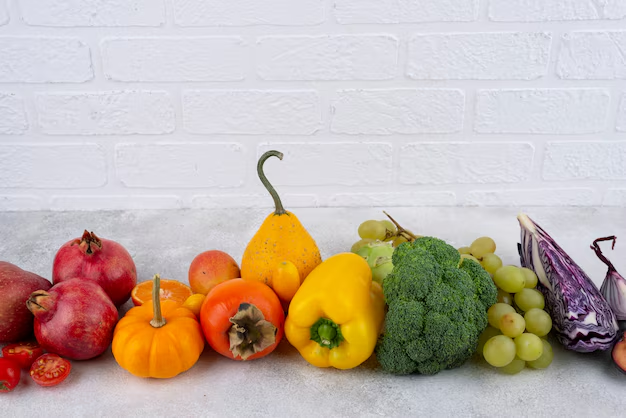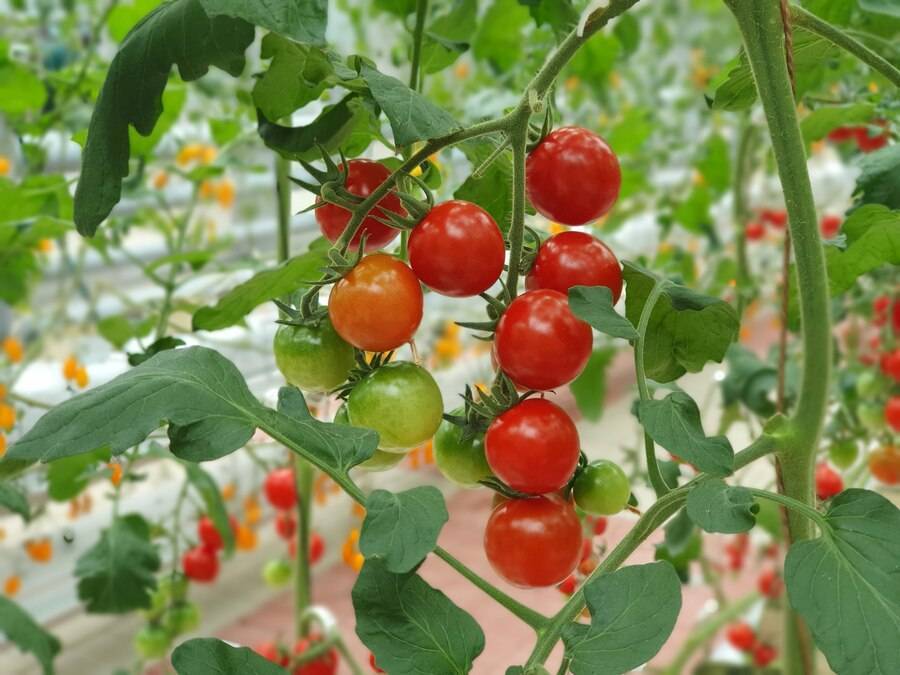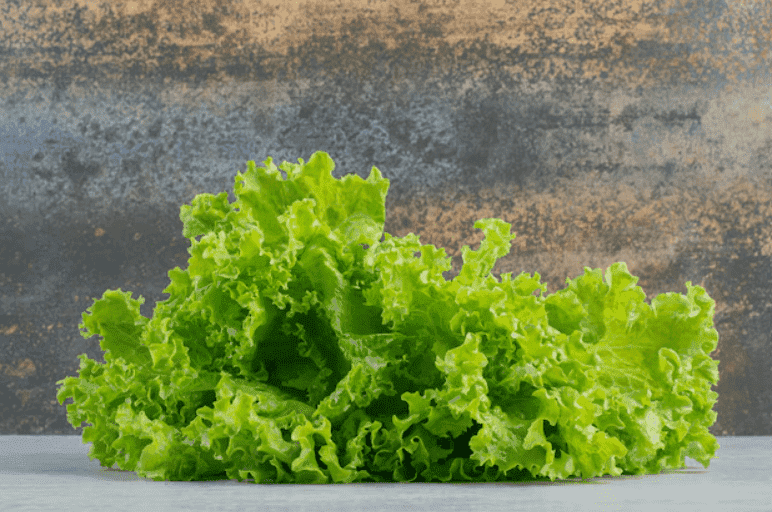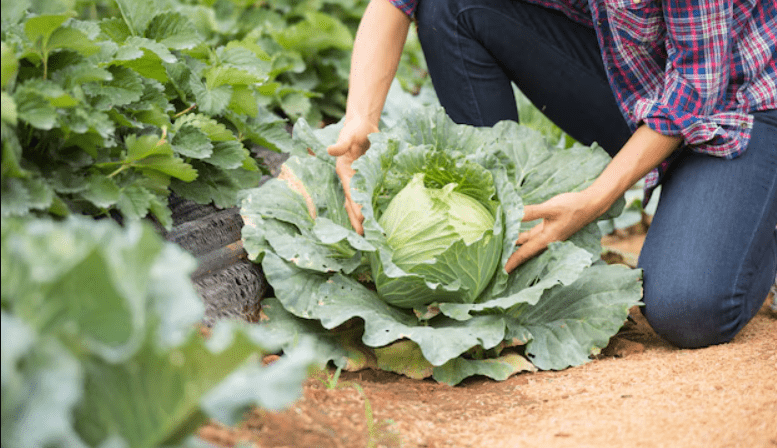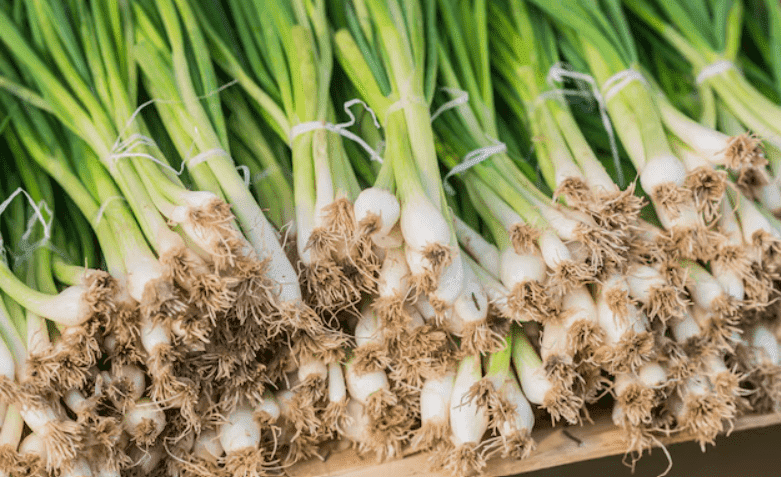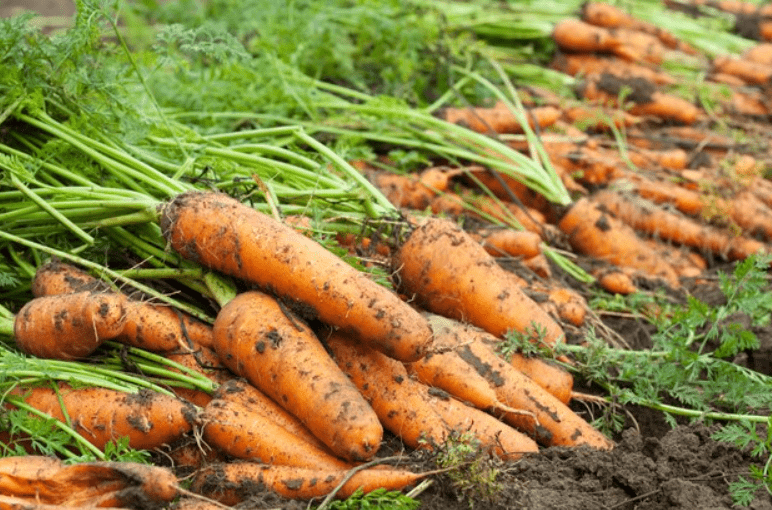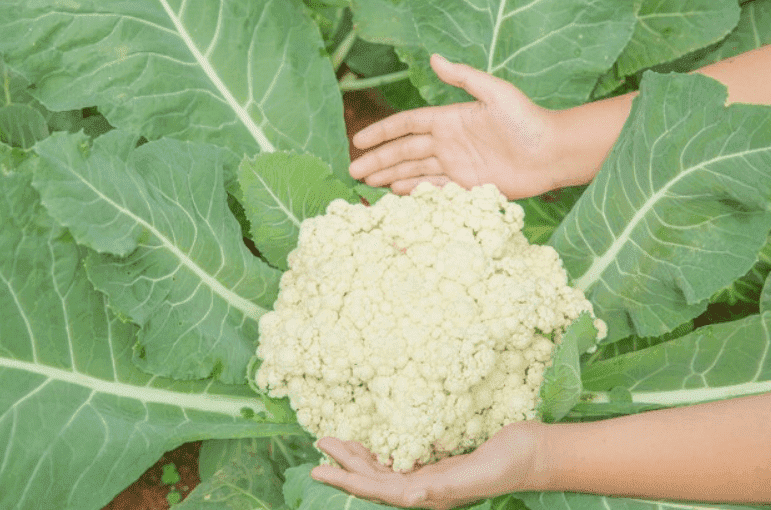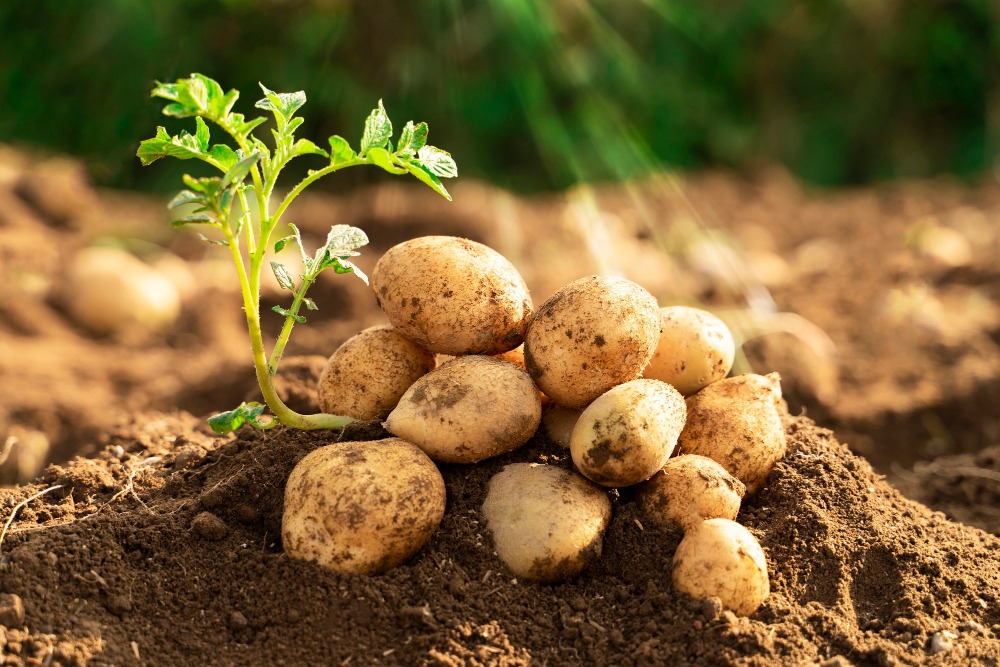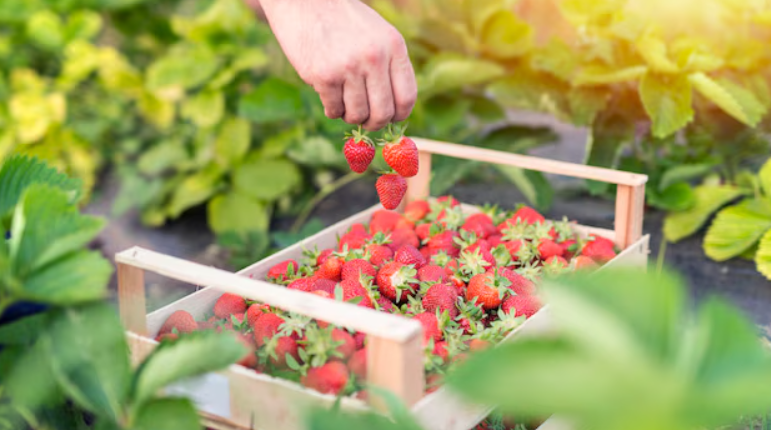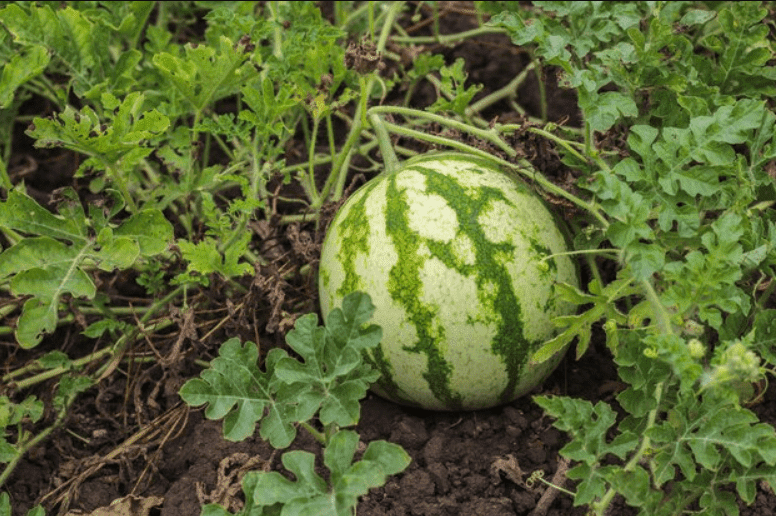Many new gardeners dream of picking their own zucchini or lettuce straight from the garden. However, the idea of constant pruning, composting, or temperature control often leads to giving up before even planting a single seed. Figuring out where to begin and selecting plants that are easy to maintain can be overwhelming. That’s why we’ve compiled this helpful guide featuring the best low-maintenance fruits and vegetables that anyone can grow easily. Whether you’re starting from seeds or seedlings, the plants in this list will help you enjoy the rewards of gardening in no time. So, roll up your sleeves, and let’s get started!
Table of Contents
ToggleLow-maintenance Vegetables
Bell Peppers
Sweet Bell peppers are available in a range of colors, such as green, red, yellow, and orange. These vibrant vegetables are packed with potassium, are excellent for your skin, and are high in vitamins C and A. They’re perfect for salads, stuffed dishes, or just as a crunchy snack.
In the garden, bell peppers flourish in full sun and prefer moist, well-draining soil. Plant them a week or more after the last frost has passed. After harvesting, you can store bell peppers in a clear plastic bag in the fridge for up to 10 days or freeze them to preserve them for up to a year.
Cucumbers
Cucumbers are a fast-growing warm-season crop that can be harvested as soon as six weeks after planting. These vegetables thrive when trellised, as they climb and free up space in the garden for other plants.
Homegrown cucumbers are a world apart from the store-bought variety. When you pick them at their peak, they have a fresher, more flavorful taste and a better texture. Once your cucumber plants start producing, you’ll likely have enough for pickling, so you can enjoy them throughout the year.
Zucchini
This warm-season vegetable requires temperatures in the 70s before planting, but the wait is well worth it. Zucchini needs plenty of space to grow (at least 3 feet per plant) since it tends to spread out. It thrives next to other easy-care plants like garlic, mint, and tomatoes.
Since zucchini is a heavy feeder, it needs regular watering and fertilizing to flourish. These plants can grow to enormous sizes, but for the best flavor, it’s best to harvest them when they’re small or medium-sized.
Potatoes
Growing Potatoes is surprisingly simple, especially in large pots or even an old compost bag. They need minimal upkeep when grown this way. Just plant a few seed potatoes on a layer of compost, cover them with more compost, and leave them to grow. As the leaves appear, simply add more compost on top.
Onions
Onions, a relative of garlic, are easy to cultivate and offer numerous health benefits. While you can grow onions from seeds, starting with sets is much quicker and simpler. Small onion bulbs, which come in bunches of around 50, can be found at most garden centers or farm supply stores.
Don’t worry if 50 onions seem like too many; they store well, can be dehydrated to make flakes or powder, and are essential in countless dishes across all cuisines. Low-maintenance Fruits
Blackberry
Blackberries are a delicious, nutrient-packed fruit often used in pies, jams, smoothies, and cobblers. They freeze well, making it easy to preserve a bountiful harvest and enjoy them throughout the year.
With various blackberry varieties available, each having specific growing preferences, it’s a good idea to consult with your local garden center to find the best type for your area. Blackberry bushes can be erect or trailing, with the trailing types requiring support such as a trellis. Consider choosing thornless varieties for a more comfortable picking experience.
Strawberries
Strawberries are incredibly versatile and can thrive in pots, hanging baskets, or the ground, provided they receive at least six hours of sunlight each day. They’re not only a delicious treat but also packed with nutrients and easy to store.
Wherever you plant strawberries, ensure their roots have enough space to spread. Many strawberry varieties produce runners, which are tiny stems that spread and root to create new plants. You can trim these to focus the plant’s energy on producing larger fruit or leave them to expand your strawberry patch, which may result in smaller berries.
Blueberries
Blueberries are a fantastic choice for beginners. They’re a well-behaved, low-maintenance shrub that blends seamlessly into home gardens. Not only do they produce beautiful flowers in spring and vibrant red foliage in fall, but they’re also packed with health benefits and a favorite ingredient in many desserts.
Figs
Figs thrive in a sunny spot with at least 6 hours of light daily, though they’re relatively low-maintenance otherwise. These heat- and drought-tolerant plants grow into stunning trees that add a magical touch to your landscape.
Spring or early fall is the ideal time to plant figs in most U.S. regions. If you have a smaller space, consider a dwarf variety like “Fignomenal,” which is perfect for container gardening.
Gooseberries
Gooseberries are among the easiest fruits to grow. They require minimal upkeep once they’re established. They’re resistant to many pests and diseases and are less labor-intensive than other fruit plants. Gooseberries can be grown in various forms, against a wall or as a bush.
Plant Gooseberries in a sunny or partially shaded area with moist, well-draining soil. While they don’t need much attention, a light pruning twice a year will help keep them healthy and in shape.

